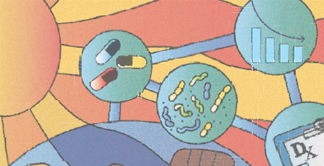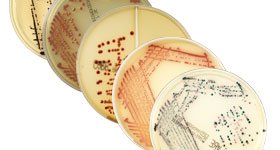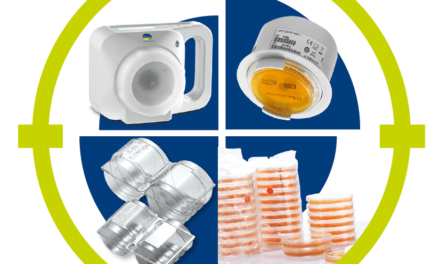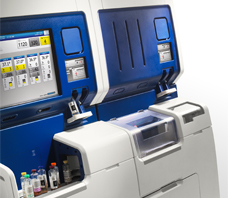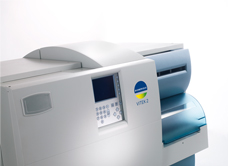The Centers for Disease Control and Prevention ranks the emergence of carbapenemase-producing Enterobacteriaceae as one of our most urgent resistance threats today.1 It’s not surprising.
Carbapenemase-producers – whether KPC, NDM or OXA-48 – nearly always lead to a high level of resistance to carbapenems, which are important last-resort antibiotics. When a patient is infected with a carbapenemase-producer, you need to adapt their treatment as fast as possible. Identifying that bug as early as possible is also important to prevent its further spread to other patients. So, when dealing with a Gram-negative infection, an important question is: is it a carbapenemase-producing organism?
To answer that, we thought, why not go to the expert? Dr. Laurent Poirel is a leading researcher and associate professor in the Emerging Antibiotic Resistance Unit (Director P. Nordmann) of the Department of Medicine at the University of Fribourg, Switzerland. He’s also, along with Pr. Patrice Nordmann, the Co-inventor of the original Carba NP test – an easy, rapid and reliable test to detect carbapenemase-producers.
Dr. Poirel explains that his ideal test for carbapenamase activity needed to fit five key criteria:
- Sensitive: Avoiding false-negative results to prevent from improper treatment (e.g. carbapenem monotherapy) that may lead to therapeutic failure
- Specific: Avoiding false positives that may lead to overuse or misuse of last-resort treatments (e.g. colistin)
- User-friendly and equipment-free: The test should be adaptable to all kinds of labs, without specific expertise to facilitate its implementation
- Deliverable: It should be useful for clinical samples and antibiotic stewardship, as well as screening and outbreak management
- Affordable: The test should be accessible globally, considering that low- and middle-income countries are often important reservoirs of carbapenemase producers
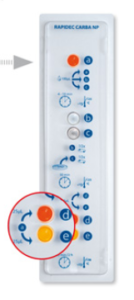
The Carba NP test ticks all the boxes. It’s based on a simple principle: Imipenem (a Carbapenem antibiotic) can be hydrolyzed by carbapenamases. This reduces the pH level, causing a color change in a phenol red solution. You see yellow? That’s a carbapenemase-producer.
bioMérieux’s RAPIDEC® CARBA NP test, pictured here, is a full kit that makes the test even easier. Carba NP tests, including RAPIDEC® CARBA NP, enable you to achieve your first priority of knowing whether there is production of a member of the carbapenemase enzyme family so therapy can be adapted quickly and infection control measures can be implemented.
The following image shows the role RAPIDEC® CARBA NP plays for orienting patient care and for screening of carriers for infection control, for Carbapenemase-producing organisms. As you can see, the RAPIDEC® CARBA NP test can be considered an ideal way to rapidly test in complement to VITEK® 2 automated AST. It provides high medical value by supporting patient care, antimicrobial stewardship and infection control objectives.
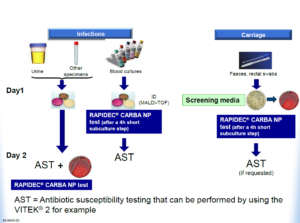
Want to know more? Follow this link to find a white paper by Dr. Poirel, his corresponding webinar and a video interview from ECCMID 2017. He shares:
- Background on the epidemiology of carbapenemase-producing Enterobacteriaceae
- When to look further for Carbapenemase-producers
- The ideal rapid test for carbapenemase-producing organisms
- How the Carba NP and RAPIDEC® CARBA NP rapid tests work and to use them
- A real-life example illustrating how RAPIDEC® CARBA NP catches carbapenemase when disk diffusion doesn’t clearly show it, since results are close to the MIC breakpoints
- A recap on how RAPIDEC® CARBA NP helps orient patient care and is used for screening
- A case study showing the impact on a patient
- The bottom line on the medical value of RAPIDEC® CARBA NP
1CDC Antibiotic Resistance Threats 2013
*MIC: Minimum Inhibitory Concentration
**For protocol details, including short subculture protocols, please refer to the Package Insert.



